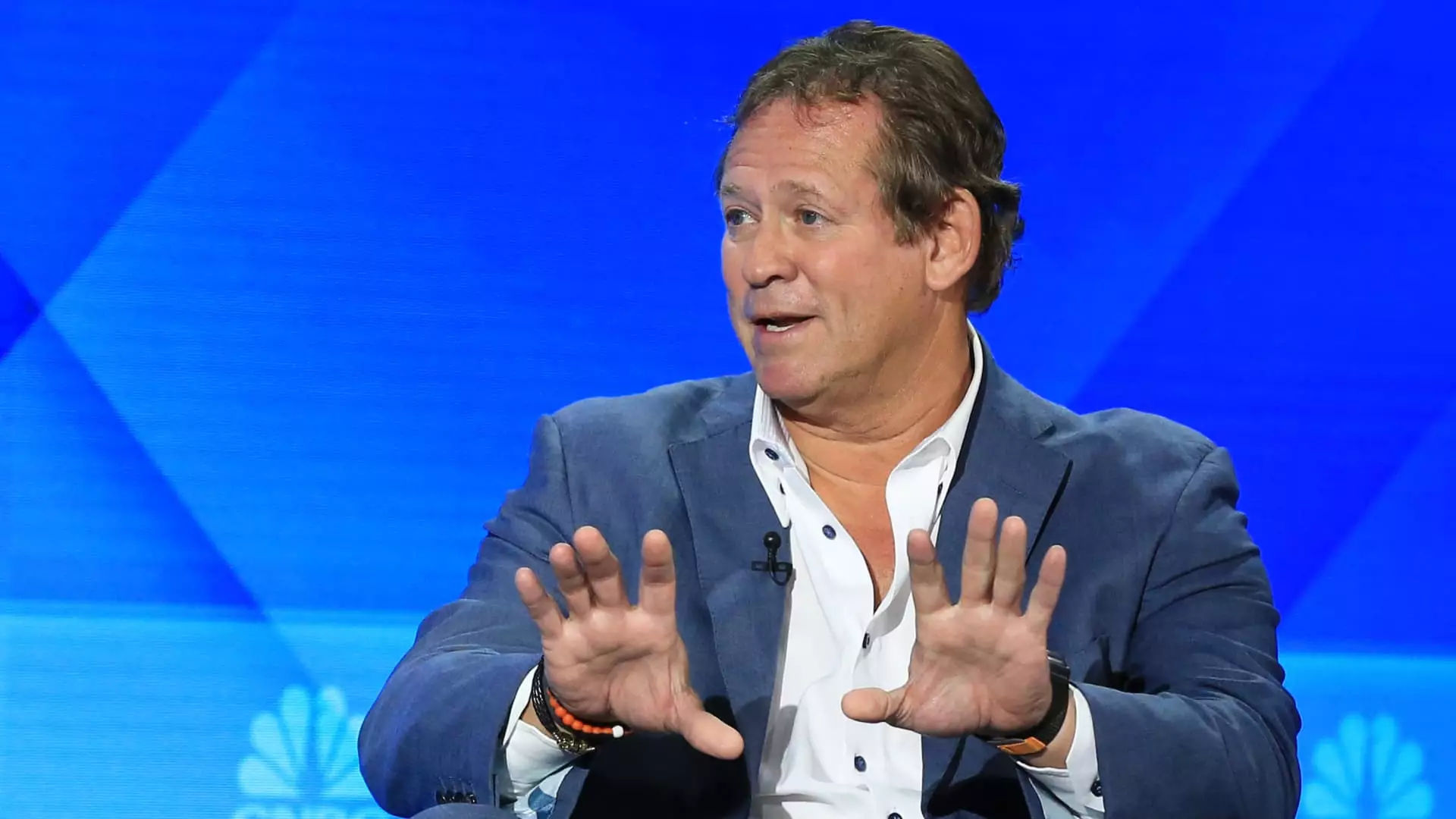For years, bond investors suffered through a desert of stagnating yields—a torpor forced by the era of rock-bottom interest rates. This drought ended abruptly in 2022, and now, as BlackRock’s Rick Rieder bluntly states, we face a “generational opportunity” in fixed income. The sky-high yields that once seemed unattainable are here, offering income streams that, in recent memory, many could only dream of. Unlike the past, when bonds were mostly about preservation and safety, today’s high yields demand a fresh perspective: one that wrestles with market realities and recognizes that the seductive safety net bonds once provided is fundamentally changing.
The Disappearing Safety Net: Why Bonds No Longer Hedge Like They Used To
Traditionally, bonds have been the anchor in volatile portfolios, buffering losses when equities crashed. However, the “duration” mechanism—sensitive interest rate-driven bond price changes—has lost much of its historic hedging power as rates have normalized. Essentially, a steep rise or fall in rates does not affect bonds as predictably as it once did, which means fixed income can no longer be assumed a foolproof refuge during stock market turmoil.
Rieder warns investors to recalibrate expectations: high coupon payments from bonds might now serve as the real ballast. The reliable yield is where the genuine value lies, since capital appreciation from falling rates is no longer assured. For investors who once relied on bonds to stabilize returns, this represents a philosophical and tactical shift—generate income from coupons rather than counting on price upside or a “safe haven” effect.
Low Risk? Only If You’re Selective
Skeptics often associate higher yields with higher risk, and rightly so. Yet Rieder points out an important nuance: companies and governments have been deleveraging steadily over the post-pandemic period, meaning the credit quality supporting fixed income instruments is stronger than many realize. This diminishes the default risk that often accompanies generous coupon payments.
That said, risk is never eliminated, only transferred or transformed. Investors must avoid blind pursuit of yield and focus on understanding sector-specific fundamentals, such as the nuances of European peripheral sovereign debt (think Spain and Italy) and securitized products like commercial mortgage-backed securities. Selecting bonds with solid underlying credit quality, while leveraging structural benefits like currency hedging for dollar-based investors, can mitigate many of the dangers.
European Debt: The Hidden Gem for Dollar Investors
Perhaps surprisingly, Rieder highlights the unique attractiveness of European credit, which delivers not only solid yields but an added bonus for dollar-based investors through the cross-currency swap benefit. In a global market dominated by U.S. dollar financing, this is a rare advantage that translates to an extra 2% to 2.5% yield boost, seemingly out of nowhere.
Despite political noise and general uncertainty in Europe, these yields are compelling. Investors willing to look beyond the conventional U.S.-centric bond universe will find opportunities that promise both income and diversification—a combination that aligns well with the prudent income-focused strategy many right-leaning investors advocate.
The Looming Shadow: Federal Deficits and Market Volatility
If there is a profound Achilles’ heel in this otherwise attractive fixed income landscape, it’s the mounting U.S. federal deficit—currently accelerating to eye-popping levels, with monthly deficits measured in the hundreds of billions. This, Rieder notes, injects immense volatility into Treasury auctions and hurts stability in long bond yields.
A center-right perspective rightly stresses fiscal responsibility and deficit reduction as paramount to sustaining economic health. Excessive borrowing undermines confidence and risks higher inflation—both poison for bond investors who seek steady purchasing power from their interest payouts. Rieder’s candid acknowledgment of this risk is a sobering reminder that the current bond bonanza isn’t guaranteed to last unchanged; prudent investors must remain vigilant and politically engaged to advocate for responsible government spending.
Technological Innovation: The Game-Changer in Inflation and Growth
Looking beyond near-term risks, Rieder anticipates an inflection point powered by “the greatest technology revolution” underway today. This wave of innovation holds promise for boosting productivity and thereby reducing inflationary pressures in the medium term. The implication is that the current high yield environment, triggered by elevated rates, will be transient. Investors who grasp this nuance can position themselves advantageously—locking in generous coupons now while preparing for a likely eventual decline in yields as future growth takes off.
Rieder also points out corporate capital expenditures and research & development spend are on the cusp of awakening, once geopolitical uncertainties such as tariffs on trade dissipate. This bounce-back in business investment could reinforce growth expectations, a boon for both corporate credit and the broader economy.
Redefining Fixed Income in a Changing World
The fixed income sector has been forced to evolve under the weight of macroeconomic shifts, geopolitical tensions, and shifting monetary policy. The old assumptions—bonds as low-yield, low-risk, capital preservation tools—no longer hold true. Today’s bond market demands strategic sophistication and courage: investors must embrace the income potential currently on offer without succumbing to excessive risk appetite or naivety toward fiscal imbalances.
For those grounded in center-right liberalism, there is a clear prescription: seize the unique opportunity presented by this environment while advocating for policies that promote fiscal prudence and economic resilience. The bond market is signaling an extraordinary moment—but it requires discernment and responsibility to turn this window into a lasting advantage. The days of passive fixed income investing are over; a proactive, informed approach is mandatory for anyone serious about preserving and growing wealth in the years ahead.

